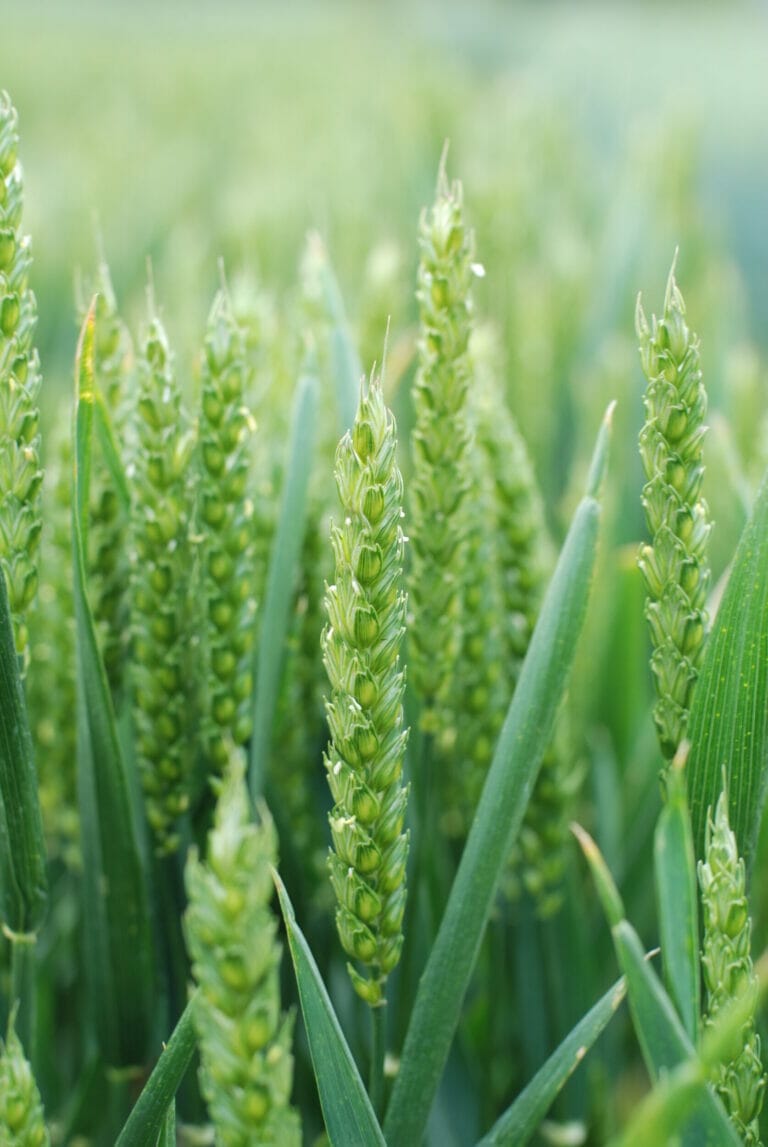New biscuit wheat LG Astronomer is his variety of choice for next year, and he aims to sell his wheats into millers, Heygates and Whitworths; both of which are in the area.
David and his father are tenant farmers and have been on South Pillinge Farm for over 50 years, and whilst their main business is arable farming, he also has permanent pasture for 30 hobby sheep.
His decision to try LG Astronomer was based on quality characteristics such as specific weight of 77.8 kg/hl and a strong Hagberg of 238, which sit alongside one of the best set of agronomics on the AHDB 2021/22 Recommend List.
 “We really like LG Astronomer’s excellent untreated yield at 86% on the AHDB Recommended List, and its disease ratings – such as 9 for the rusts and a Septoria rating of 7.4 – give flexibility in your spray windows,” says Mr Tomkins.
“We really like LG Astronomer’s excellent untreated yield at 86% on the AHDB Recommended List, and its disease ratings – such as 9 for the rusts and a Septoria rating of 7.4 – give flexibility in your spray windows,” says Mr Tomkins.
“For example, in a ‘catchy’ season when you have to decide which field to spray first, the disease resistance offered by LG Astronomer means that you can keep it on hold for a few days, which helps spread your risk and workload.
“With many varieties, delaying spraying for a couple of days is not an option, as they are too delicate regarding disease susceptibility.”
LG Astronomer may be a little taller than some of the other varieties, he notes, although he adds that with an RL resistance rating of 7 without a PGR, this will not be a problem, as he tends to use a robust PGR, and the straw is useful for the livestock.
Over the years, there have been some changes on the farm; Mr Tomkins used to grow Consort and Claire with oilseed rape as a break crop, but he no longer grows any rape, and moved from growing predominantly soft wheats to doing a lot more spring cropping.
“Our rotation depends on ground conditions and the environment, so there is no set strategy.
“We saw the start of the black-grass issue grow over the previous 20 years; for that reason, we had introduced spring wheat into the rotation ten years ago.”
“In the past two years, we have planted no winter cereals because of the wet autumns – on the upside, this has helped reduce some of our black-grass burden.”
“The hybrid barley we grew had seen some success in subduing the black-grass, but unfortunately it does not stack up economically.”
“We need to be able to make a living from our land, so we are moving back to more winter cropping, but we cannot jump back wholesale into winter cereals and undo the good work of recent years in our fight against black-grass.”
He likes that LG Astronomer can be grown in a first or second wheat scenario.
Growing on heavy clay soils, Mr Tomkins makes an early start with his drilling, and finds that if he is not finished by November, it is too late. Typical yields average around 7.5 t/ha.
Heading towards the end of the season, the LG Astronomer is looking to be a promising crop. “We shall see what comes out of the combine – that will be the true test!” he says.


































